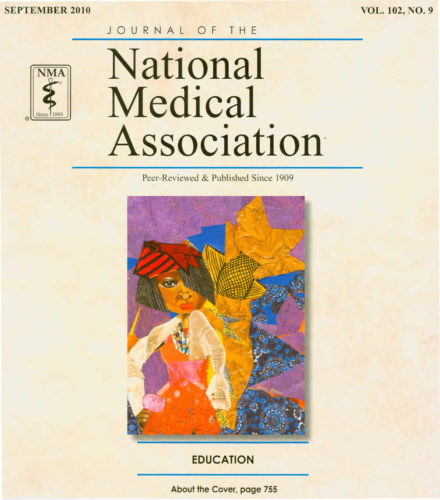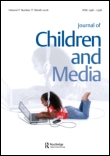The Robert Wood Johnson Foundation has awarded APPC $200,000 to begin work on a multi-phase project that seeks to advance knowledge about effective uses of health communication and disseminates its findings through a dynamic website. APPC scholars will begin by producing a series of reports that assess the strengths and limitations of the major theories
Health and Risk Communication
FDA study underestimates impact of graphic tobacco warning labels, Annenberg Public Policy Center research shows
A controlled experimental study of over 5300 smokers conducted by the University of Pennsylvania’s Annenberg Public Policy Center (APPC) posted to the FDA comment website (http://www.regulations.gov/#!submitComment;D=FDA-2010-N-0568-0006) today shows that multiple versions of the proposed warnings produce desired effects by increasing negative feelings respondents experience about smoking a next cigarette. “By failing to study the labels’
Adolescent and young adult victims of cyberbullying at increased risk of suicide: Female youth especially at risk
Results released today from the National Annenberg Survey of Youth reveal that 1 out of 7 or 14% of adolescents and young adults have experienced being a victim of cyberbullying (see Table 1 below). Those who experience cyberbullying report higher rates of thinking seriously about suicide in the past year (see Table 2 below). The
Winter holiday suicide myth continues to be reinforced in press, APPC study finds
The annual analysis by the Annenberg Public Policy Center (APPC) of news reporting during the previous winter holiday period reveals that newspapers continued to perpetuate the myth that suicides rise during the holidays. The proportion of stories that supported the myth during the 2009-2010 holidays remained at approximately the same level as during the previous
Annenberg sex and media researchers published in Journal of Sex Research
Annenberg School for Communication alumna Shawnika J. Hull, Ph.D., and Annenberg Public Policy Center scholars Michael Hennessy, Ph.D., Amy Bleakley, Ph.D., Martin Fishbein, Ph.D., and Amy Jordan, Ph.D., published a paper, “Identifying the Causal Pathways from Religiosity to Delayed Adolescent Sexual Behavior” in The Journal of Sex Research (October 2010). The authors used data from the Annenberg Sex and Media study,
APPC identifies student mental health as important source of state and national differences in adolescent educational achievement
An analysis by Annenberg Public Policy Center researchers Sharon Sznitman and Dan Romer shows that international and U.S. state differences in the emotional well-being of adolescents are strongly related to their overall levels of academic achievement. In addition, these differences are strongly related to levels of poverty at the national and state level. The article
Internet Gambling Grows Among Male Youth Ages 18 to 22; Gambling Also Increases in High School Age Female Youth, According to National Annenberg Survey of Youth
Despite efforts by the federal government to impose restrictions on Internet gambling, college age youth are visiting online gambling sites at a growing rate, according to the latest National Annenberg Survey of Youth (NASY). Compared to the last survey conducted in 2008, monthly use of Internet gambling sites shot up this year from 4.4% to

